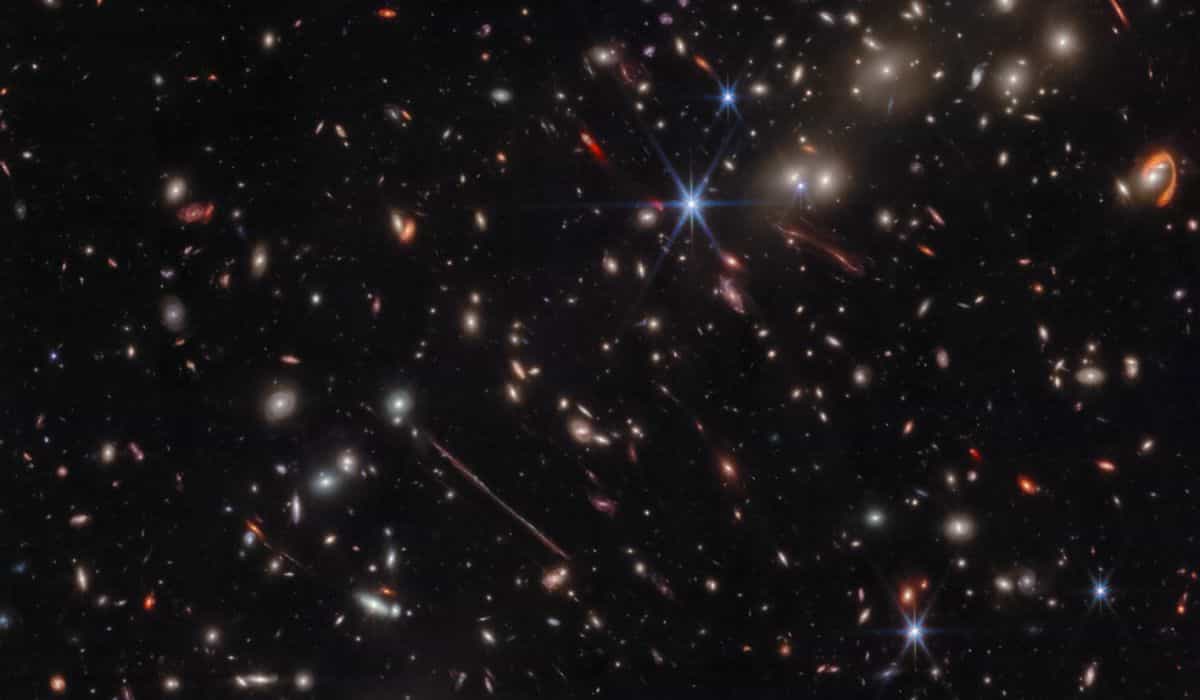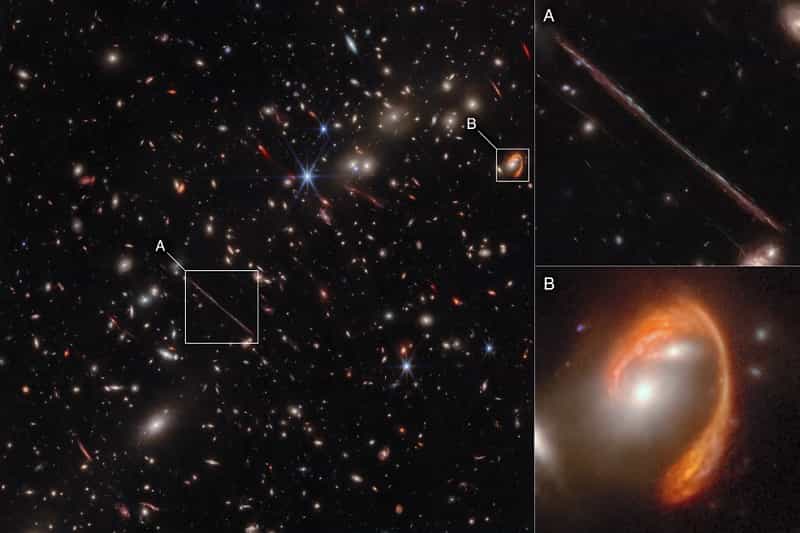
The NASA’s James Webb Space Telescope has released a new image of a galaxy cluster called ‘El Gordo’, considered a ‘cosmic teenager’, with hundreds of galaxies that existed 6.2 billion years after the Big Bang!
+Former U.S. intelligence employee tells Congress he knows where the Government houses UFOs
+Twitter, now X, allows subscribers to hide the checkmarks
Also known as the most massive galaxy cluster of its time, the James Webb managed to capture a special shot of ‘El Gordo’ using its infrared light, displaying a variety of unusual and distorted galaxies in the background.
Youths!
Webb observed galaxy cluster El Gordo, a cosmic teen that existed 6.2 billion years after the big bang. The most massive cluster of its era, it’s a perfect gravitational magnifying glass, bending & distorting light from distant objects behind it: https://t.co/BrYH55h77F pic.twitter.com/JK4XFxdUQX
— NASA Webb Telescope (@NASAWebb) August 2, 2023
Among them, NASA highlighted two galaxies, visible in the image, which draw attention due to their different colors and shapes.
Galaxy ‘El Anzuelo’
One of the most striking features of this galaxy is a bright red arc. According to scientists, ‘El Anzuelo’ has a diameter of 26,000 light-years, about a quarter of the size of our Milky Way.
After correcting some lens-induced distortions, researchers were also able to determine that the background galaxy has a disk-like shape, and its light took 10.6 billion years to reach Earth.
The prominent red color in ‘El Anzuelo’ is due to a combination of dust within the galaxy itself and cosmological redshift caused by its extreme distance.
Galaxy ‘La Flaca’
Another attention-grabbing galaxy is ‘La Flaca’, which features an elongated structure. Webb managed to capture the galaxy, which underwent gravitational lensing, and its light took nearly 11 billion years to reach Earth.
This galaxy appears to be a dwarf type and was discovered last year, but it was only now that the study describing it was accepted for publication in a scientific journal after undergoing peer review. If confirmed, ‘La Flaca’ could be the smallest galaxy ever seen outside the local universe.

Another background galaxy magnified by El Gordo is the bright arc in Box B: El Anzuelo, or The Fishhook. Light from this galaxy took 10.6 billion years to reach Earth! Webb peered through its thick curtain of dust to observe star formation and the assembly of galaxies up close. pic.twitter.com/X8TspOk4nh
— NASA Webb Telescope (@NASAWebb) August 2, 2023

